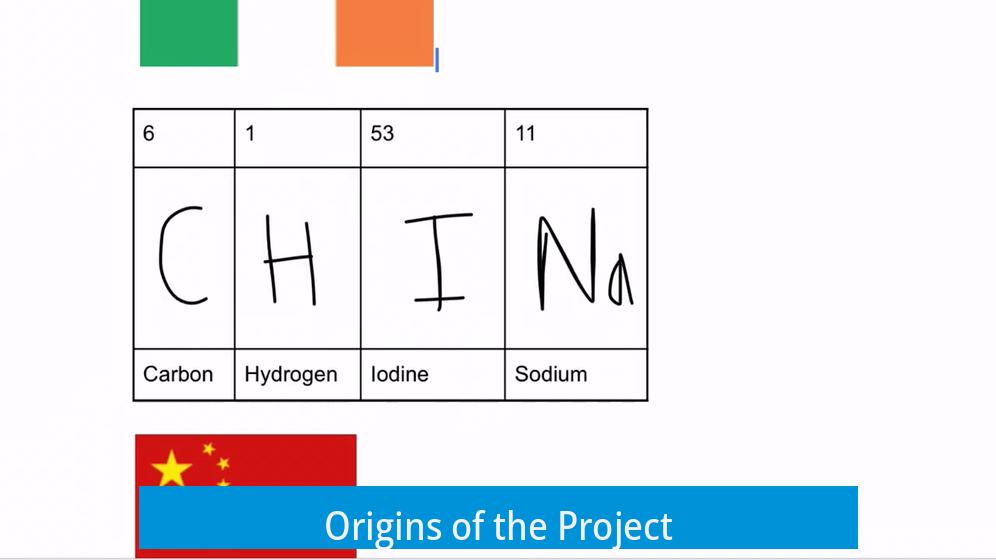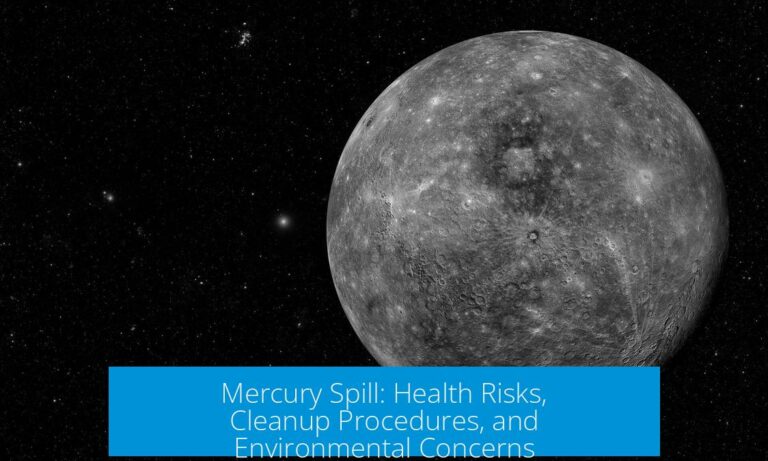Spelling Words Using the Periodic Table: From Concept to Interactive Tool

Spelling English words with chemical element symbols from the Periodic Table is possible for about one in seven words, including common and complex terms. This idea has evolved into a fast algorithm and a publicly accessible website that converts user-input phrases into sequences of element symbols.
Origins of the Project

Six months ago, an innovative chemistry enthusiast shared a post detailing a program designed to analyze large word lists by attempting to spell every word using element symbols. The initial program processed around 150,000 words but struggled with longer words, taking excessive time to find valid spellings. This sparked interest in the intersection of linguistics and chemistry notation.
The original source and discussion can be found here.
Algorithm Refinement and Dictionary Growth
Following the early experimentation, the author focused on optimizing the algorithm to improve speed, especially for words exceeding fourteen letters. This refinement dramatically reduced processing time.
The dictionary expanded remarkably, growing from a base of 155,000 words to 390,000. This larger dataset increased the tool’s flexibility, enabling a broader vocabulary coverage.
Updated performance graphs illustrating the improvements are available here.
Notable Findings in Word Spellability
The project revealed intriguing linguistic patterns related to element symbols:
- Longest word spelled solely with 1-letter symbols: INCONSPICUOUS.
- Longest Merriam-Webster accepted word spelled completely: NoNRePReSeNTaTiONAlISmS (23 letters).
- Longest known word spelled (from other dictionaries): FlOCCInAuCInIHILiPILiFICAtIONS (30 letters).
- Rare element usage: Zinc (Zn) appears only once in the entire dataset, notably in BiZnAgAs, a cactus genus.
Spellability of Common and Profane Words
The analysis found that many common words satisfy the spelling constraints using element symbols:
- Approximately 37 out of the 100 most frequent English words are spellable in this manner.
- About one-seventh of the entire dictionary qualifies for this symbolic spelling.
- Interestingly, many English swear words are also representable, such as BiTcH, CoCKSUCKEr, MoThErFUCKEr, FUCK, AsS, and WHoRe.
This prevalence makes it theoretically possible to compose meaningful texts or entire books using only words formed from element symbols.
Public Release: The Interactive Website
The culmination of this project is an interactive website, chemgrams.net, where users can enter any phrase and receive its spelling in terms of Periodic Table symbols.
The online tool simplifies exploring the linguistic capabilities of the chemistry-based spelling. It caters to educators, students, chemists, and language enthusiasts.
Community Engagement and Development Ideas
The concept gained enthusiastic feedback and creative encouragement from the chemistry and education communities.
- Users praised the project’s creativity and utility, noting its educational and entertainment value.
- Suggestions include adding features for reversing element symbols back to atomic numbers, using chemical notation for punctuation, and creating encryption methods with the tool.
- There was humor about the absence of certain letters (like the letter J) within element symbols and playful ideas about naming future elements with simple symbols (e.g., E for Eulerium).
These reactions highlight the potential to evolve the project beyond linguistic curiosity into interactive coding, puzzle creation, and chemistry education aids.
Summary of Key Points
- One in seven English words can be spelled using Periodic Table element symbols.
- The improved program handles nearly 400,000 words with faster execution, including very long words.
- Longest spelled words include INCONSPICUOUS (1-letter symbols only) and FlOCCInAuCInIHILiPILiFICAtIONS (30 letters).
- Common language words and numerous swear words can be accurately spelled, enabling meaningful synthetic text.
- An interactive website, chemgrams.net, allows users to try this spelling themselves.
- Community feedback is positive, with suggestions for expanded features and coding applications.
Q1: How does the website spell user phrases using the Periodic Table?
The website breaks down input phrases into segments that match chemical element symbols. It uses an optimized algorithm to quickly find sequences of element symbols that spell out the phrase.
Q2: What improvements were made since the original post 6 months ago?
The algorithm was refined for faster processing, especially for long words. The dictionary grew from 155,000 to 390,000 words to increase the number of recognizable words spelled with element symbols.
Q3: Are there any notable words or examples found during the analysis?
Yes, some examples include “INCONSPICUOUS,” which is the longest word spelled with only one-letter symbols, and “NoNRePReSeNTaTiONAlISmS,” the longest Merriam-Webster accepted word spelled this way. Also, some swear words and common words can be spelled.
Q4: How many common English words can be spelled using element symbols?
About 37 of the 100 most common English words can be spelled this way. Overall, roughly one-seventh of the dictionary words considered can be spelled using element symbols.
Q5: Can the website’s spelling tool be expanded or used differently?
Community feedback suggests possible features like converting symbols back to atomic numbers, adding punctuation using chemistry symbols, or creating a coded messaging app. These ideas are under consideration for future development.





Leave a Comment